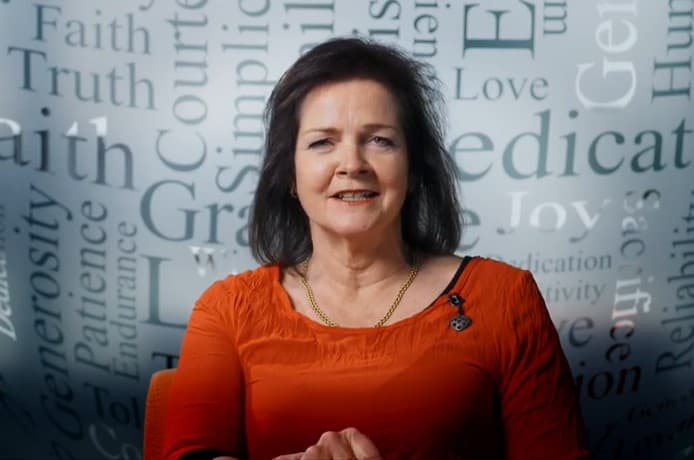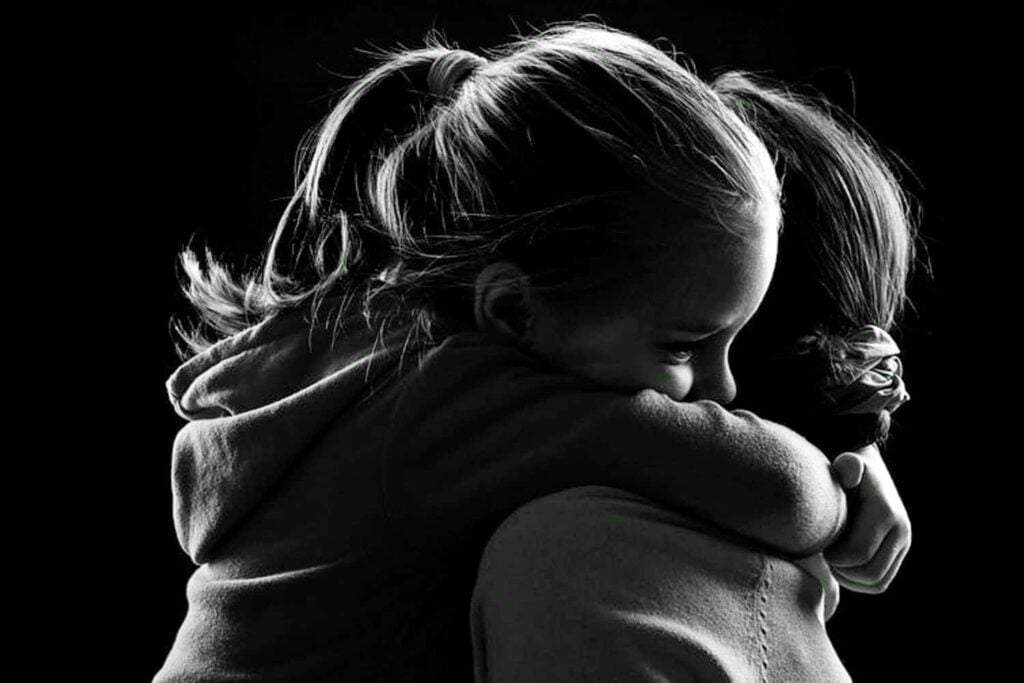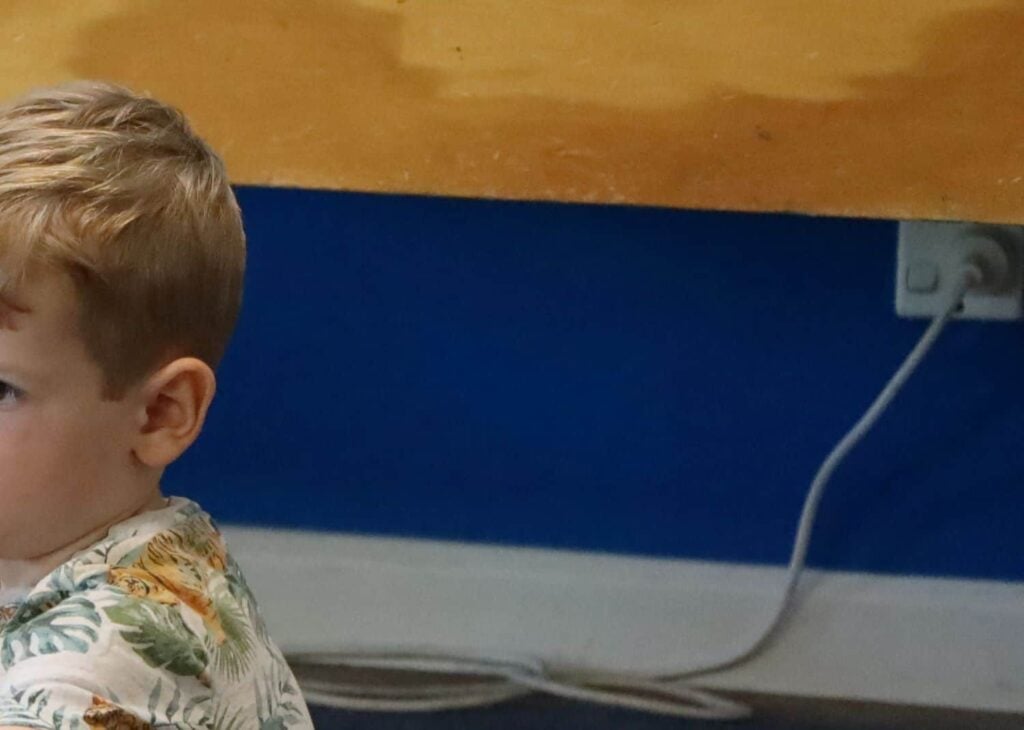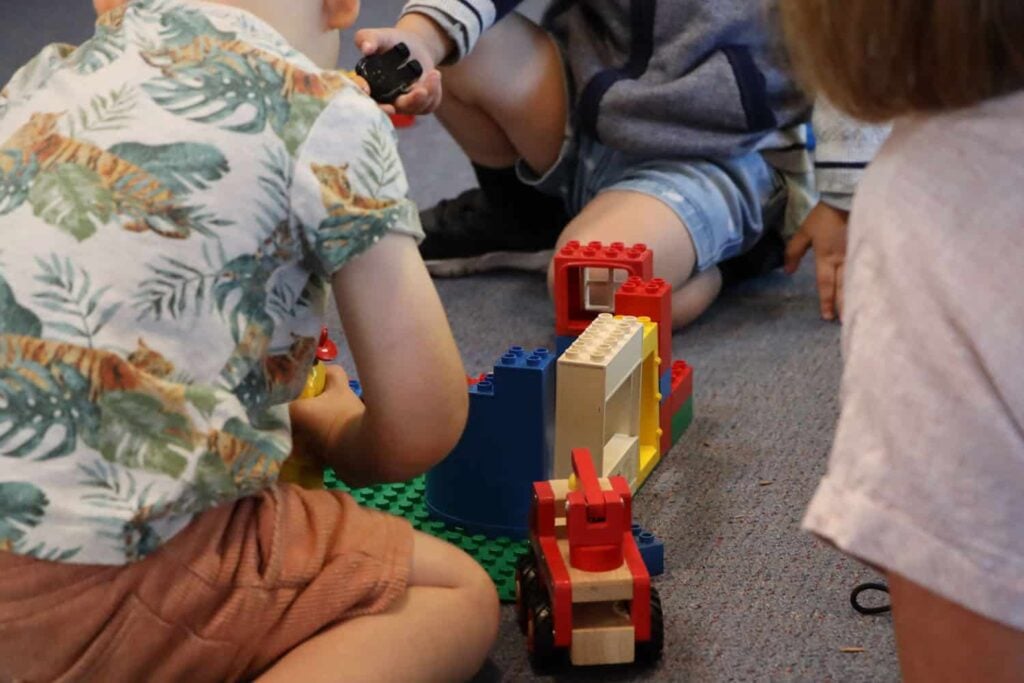September 12, 2020.
The accepted view is that there is a shortage of teachers in ECE. Given that situation, how can an early childhood service go about attracting the staff it wants and needs?
Here are examples of how two centres have gone about filling their staffing requirements.
It all comes down to putting children first by paying for the thing they need the most when in ECE – which is good teachers and high-quality early childcare and teaching.
Here are the stories of two early childhood centres that work hard to make sure their teachers have pay parity
Ilam Early Learning Centre – Te Whare Kōhungahunga o Ilam

For many years, the centre has used the Kindergarten Teachers, Head Teachers, and Senior Teachers’ Collective Agreement (KTCA) pay scale for their teachers.
The centre is run by the University of Canterbury Students Association for the children of students attending the university however many children come from the local area as well. Many families receive the WINZ childcare and students pay a discounted rate. There is also extra help for those students who are facing hardship from the UCSA.
Centre manager Karen Coster said the centre is fortunate to be supported to focus on quality, not profit.
“We not only survive; we aim to thrive. We are run as a not-for-profit centre and because of this we can work on constantly focusing on providing quality education. This includes having excellent teacher – child ratios, and building strong reciprocal relationships with the children and their whānau.
“We are grateful for the financial support of the student association and letting us pay our teachers on the KTCA scale and give them good working conditions.
“Because of all of these factors we have very good staff retention. We have well qualified, experienced teachers who often go on to further learning and advanced degrees. With the stability of a good team we can develop as a centre without constantly bringing in new people who are not acquainted with the centre and the way we do things.
A lot of the centre’s families do not have support networks. Karen said that a key challenge is to support families and children to not only do well but also to build resilience.
Karen said that paying for good teaching staff was essential to providing quality.
“What attracts and supports teachers to work in our centre, benefits the centre, our children, and our families.
“Our commitment to quality learning is what helps us to attract excellent teachers. It has allowed us to continue to develop our philosophies and build on our expertise as a whole team from one year to the next.”
Even with the support of the UCSA, going forward funding for pay parity will be vital to be able to continue to offer these benefits, attract high quality teachers and support their ongoing learning.
St Margaret’s Pre-School

St Margaret’s Pre-School recently had 35 applicants who were ECE and Primary trained and qualified teachers vying for one teaching position that became vacant after a teacher moved away from Christchurch.
Director of Pre-School Sue Gleeson said that offering pay parity makes the centre very competitive with schools and kindergartens for the best teaching staff.
Great working conditions are also provided. The pre-school maintains excellent teaching ratios (1:7). Teachers registration fees and first aid training costs are covered. Teachers are provided with more than the minimum annual leave provisions, enabling them to have one weeks break every term, as well as the three week preschool closure at Christmas.
While the pre-school is located within the College, it operates as a standalone cost centre and must meet all costs including wages, rates, insurance, PLD, etc.
Sue both manages the pre-school and teaches in it. Not paying others to manage the preschool helps the pre-school’s budget.
“Because we see pay parity as being important, we make sure there’s money in the pot to pay our teachers fairly,” Sue said.
Sue added: “Why train and develop a teacher to reach their potential only for them to leave because you do not value that experience and commitment?”
The benefits of high staff retention are clear.
“Our staff develop sustained relationships with children and whānau. We are also able to continue that relationship with children who continue onto the school, so we see their progress and growth from early childhood and through their school years. That’s incredibly rewarding and satisfying.
“Staff also develop real and supportive relationships with each other over time. They understand how each other works. This adds to job satisfaction and enjoyment.
“Because our team is long-standing we can develop our specialist programme to support the strengths and interests of the teachers and their professional development.
“From an employer’s point of view, we see great return on the time and money that we put into each of our staff and into their individual professional development. They give back in terms of their improving experience and sense of ownership of this centre,” said Sue.
* Editor’s note:
Valuing and investing in teaching staff has a multiplicity of benefits.
Here are some questions to consider:
- Should every centre similarly invest in their teachers and make sure their teachers have pay parity?
- If the Ministry of Education desires to support a high quality early childhood education system will it work to extend the requirement of pay parity for teaching staff to all early childhood centres, and ensure every centre can financially manage this?







